Auction houses now sell rare sneakers alongside paintings. A digital collage sold for tens of millions at a blue-chip sale. Museums collect video games, not just oil on canvas. The message is pretty clear: the old wall between pop culture and fine art isn’t just cracking—it’s being redesigned in public. What started as a provocation six decades ago has become the operating system for how culture moves and how we talk about it.
The old divide and how it cracked
The split between “high” and “low” didn’t come from nowhere. For centuries, art served as a shared language. In medieval Europe, stained glass, carvings, and church murals taught stories to people who couldn’t read. Artists were translators for the village, the court, and the street. But as patronage systems tightened and academies rose, art got more exclusive. Wealthy clients and elite institutions shaped taste. Museums and salons turned art into a specialized conversation. The audience shrank. The vocabulary got dense.
Mass media blew that up. Printing presses, photography, radio, and then television built a new commons. By the mid-20th century, images weren’t rare artifacts; they were everywhere. Advertisements, comic books, album covers, and TV sets created a constant stream of visual cues almost everyone recognized. When Pop artists like Andy Warhol and Roy Lichtenstein stepped in, they didn’t just borrow those images—they held up a mirror to a culture already living inside them.
That mirror had social impact. Televised images of the Vietnam War reached American living rooms and shifted opinion. Coverage of civil rights protests did the same. Decades later, shows like Will & Grace made queer life part of primetime routines; it’s not an exaggeration to say that changed how people felt. Media researchers have a name for it—parasocial contact—meaning a viewer’s “relationship” with characters can soften bias. Pop media didn’t just entertain; it trained the eye to accept new versions of normal.
Science slipped into the mainstream the same way. Time travel, the multiverse, and quantum leaps stopped being lecture hall topics and became plot drivers in blockbuster movies and streaming hits. When a Marvel saga or a space drama plays with relativity, audiences pick up the gist. You don’t walk away with a physics degree, but you catch the contours. Fine art noticed. Artists began to fold sci‑fi metaphors, cosmic imagery, and tech anxieties into installations, videos, and paintings.
Meanwhile, fine art evolved. The 20th century saw wave after wave—Dada, Surrealism, Conceptualism—question what counts as art. By the time Pop Art arrived, the question wasn’t whether soup cans and comic panels were “worthy.” It was whether denying them was still honest. The gate started to swing both ways.
Where the cultures meet now
That momentum never stopped. Takashi Murakami fused anime aesthetics with a high-gloss studio model and global brand collaborations. Barbara Kruger used advertising’s punch to critique the very systems that shape desire. KAWS turned a cartoon-adjacent figure into a museum-scale language. Kehinde Wiley reimagined old-master portraiture with contemporary subjects and streetwear codes. Banksy smuggled protest into the tourist economy. These aren’t stunts; they’re fluencies. The artists speak multiple dialects at once.
Institutions are catching up. Design museums mount shows on sneaker culture and streetwear. Contemporary art museums give full retrospectives to figures who move fluidly between galleries and commercial projects. The Met’s Costume Institute treats fashion like a research lab for visual culture. In 2012, MoMA added video games to its design collection, acknowledging that interaction design and gameplay are part of our visual life. Curators now talk about “visual literacy” the way schools talk about reading and math.
The market reflects the shift. Street-level collectibles can sit beside sculptures at a fair. Collabs between artists and brands—once seen as selling out—are more often framed as another studio channel. Murakami’s handbags with a luxury house? Jeff Koons printing old masters on a purse line? Love it or hate it, the audience understands the move. It’s the same logic that puts a giant sculpture on a public plaza and a limited-edition toy on a bookshelf.
There’s a deeper reason the blend works: shared memory. When an artist drops a cartoon figure into a somber, museum-like setting, the shock isn’t just visual. It’s emotional. You know that character from Saturday mornings or endless memes. Seeing it in marble or bronze triggers two time zones at once—the kid who watched, and the adult who pays attention to form. That double exposure gives the work its charge. Nostalgia becomes a tool, not a crutch.
Collage and mixed media make the toolkit almost infinite. Artists build walls out of magazine clippings, lace a painting with packaging, or loop a viral clip into a video piece. Instead of pretending images live in sealed boxes, these works show how pictures bleed across contexts—billboards to phones to canvases and back again. The format fits the moment. We all scroll. The brain jumps between frames anyway.
Digital art added another gear. Beeple’s massive sale at a major auction didn’t just validate one artist; it told the market that a native digital audience has power. NFTs had their boom and bust, but the point stuck: online scarcity and community can move real money. More importantly, they can move taste. Artists who build their followings on social platforms now cross into galleries with collectors already paying attention. The door swings both ways here, too: museums mine social platforms for audience feedback and programming clues.
Not every museum label looks the same now, and that matters. Curators increasingly strip jargon, add context, and write like humans. It’s not dumbing down; it’s widening the circle. When a wall text explains why a pair of worn Jordans sits behind glass—who wore them, what the design meant, how it traveled through sports into music and art—people connect. The piece becomes a portal to design history, race and class dynamics, labor, and the global economy of cool.
Global flows have also blurred the line. Superflat out of Japan made the anime–fine art handshake explicit. K‑pop visuals ripple into installation design. The Afro-diasporic lens—through hip-hop’s 50-year story, through street dance, through photography—anchors major shows from New York to Lagos. Latin American artists mix telenovela drama with conceptual strategies. This isn’t trend-chasing; it’s the reality of a world where culture travels faster than any curator can schedule.
Education shifted in step. “Visual culture studies” became a standard offering in many art schools in the 1990s and 2000s, pulling film, advertising, design, and fine art into the same discussion. Students are trained to analyze a meme with the same rigor as a Renaissance painting. They learn why a font matters, how a color palette signals a subculture, and what a camera angle says about power. That training shows up on the walls.
There’s still friction, and it’s useful. Purists worry that museums risk becoming showrooms. They argue that brand partnerships and hype cycles muddy standards. Others counter that “standards” often meant narrow taste and limited access. The best shows address the tension head-on. They set clear criteria—craft, concept, innovation, resonance—then let works from different spheres meet on those terms. When the mix is thoughtful, you can feel it. People linger. They argue. They come back with friends.
Representation is another part of the story. Pop media, for all its flaws, brought more voices to the table than elite art did for a long time. As museums diversify collections and leadership, the reference points expand. A young visitor might see a muralist beside a canonical painter and not feel a gap between them, only a conversation. That feeling matters. It sets the stage for future artists who won’t ask permission to mix sources—they’ll assume it.
What does the crossover do to meaning? It changes the unit of analysis. Instead of treating artworks as isolated objects, curators and critics look at networks—how an image moves, who co-creates it by remixing, how communities attach to it. A famous photograph used to be a single frame. Now it’s a file, a meme template, a print, a T‑shirt graphic, a protest sign. Artworks travel as ideas and as objects. Value rides along with the route.
Economics underpins all of this. Merch tables fund tours. Limited drops fund studios. Brand gigs pay for experimental work. Some of the best artists treat money like any other medium: they move it around to build time and freedom. Patrons still exist; they just don’t all wear tuxedos. A Twitch subscriber, a Kickstarter backer, a Discord moderator—call them what you want, they’re part of the new patronage class.
The museum experience is changing to match. You still get quiet rooms and white walls, but you also get sound, scent, interactivity, and crowds who don’t whisper. Some shows are built for contemplation; others are built for flow. Purists sometimes complain that “Instagram walls” flatten nuance. Fair. But the urge to share can also spread ideas. When a good show moves through timelines, it reaches people who can’t travel. That’s not a bug; it’s an access feature.
Criticism adapts, too. The old job description—judge, rank, canonize—expands to include translator, guide, and sometimes collaborator. A sharp review now explains how a work circulates, what language it borrows, who it’s speaking to, and whether it opens a door or closes one. The best criticism doesn’t eliminate taste; it gives readers tools to develop their own.
If you zoom out, the high–low debate looks less like a battle and more like a learning curve. Fine art learned how to rejoin the public without dumbing itself down. Popular culture learned how to hold complexity without losing the beat. The space between them is crowded, messy, and creative. That’s the point. Culture doesn’t sit still. It loops, samples, and syncs, and the rest of us decide what sticks.
So where does it go from here? Expect more crossover studios, more museum shows that mix media and moods, and more artists who refuse to pick a lane. Expect schools to teach code and collage in the same semester. Expect curators to treat meme fluency as a research skill. Expect audiences to keep voting with their feet and their phones. When the walls come down, the rooms get bigger. That’s not the end of standards. It’s the start of a broader conversation about what excellence looks like when everyone’s invited.
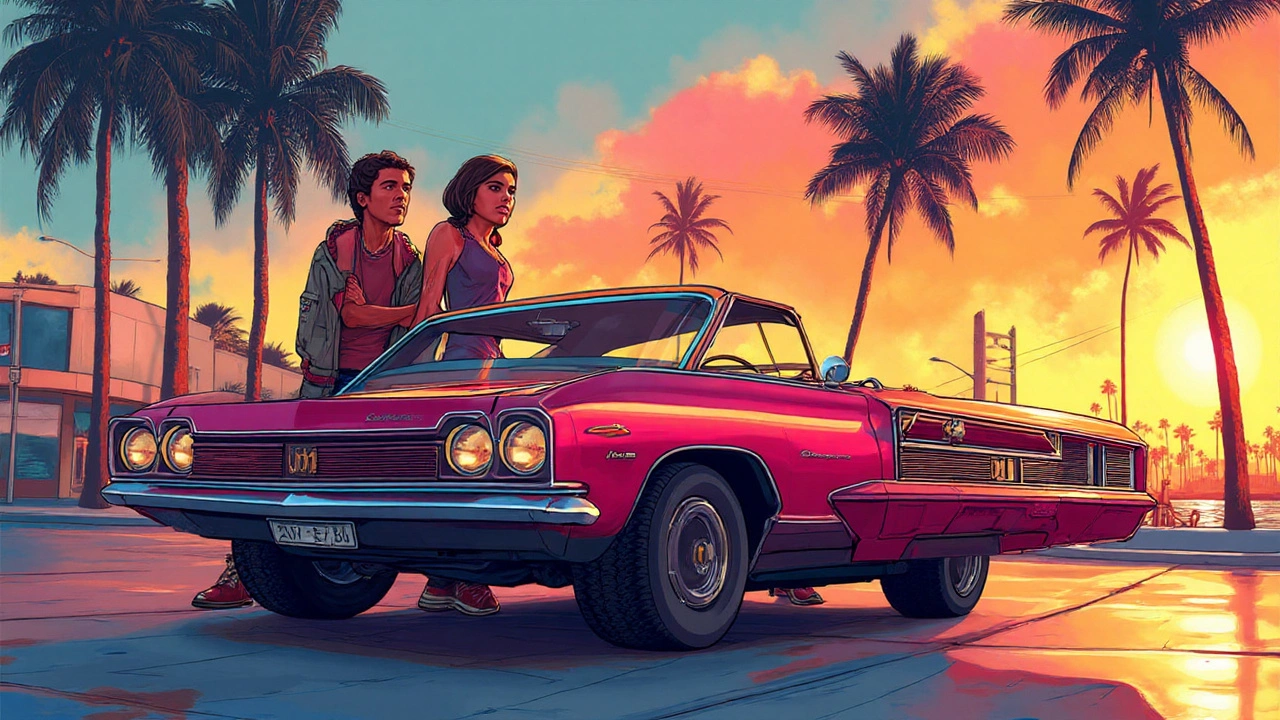

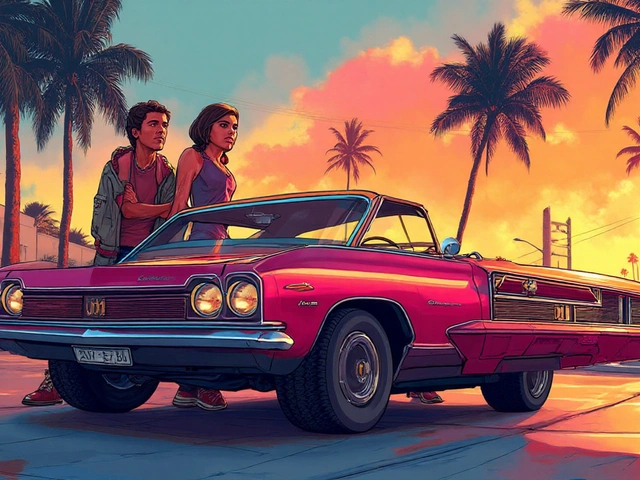
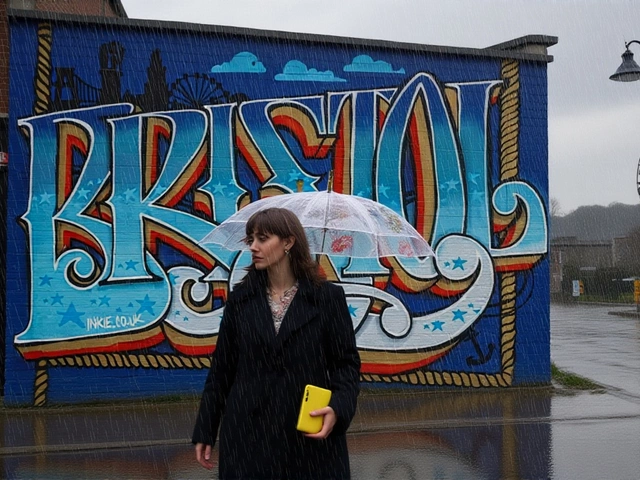

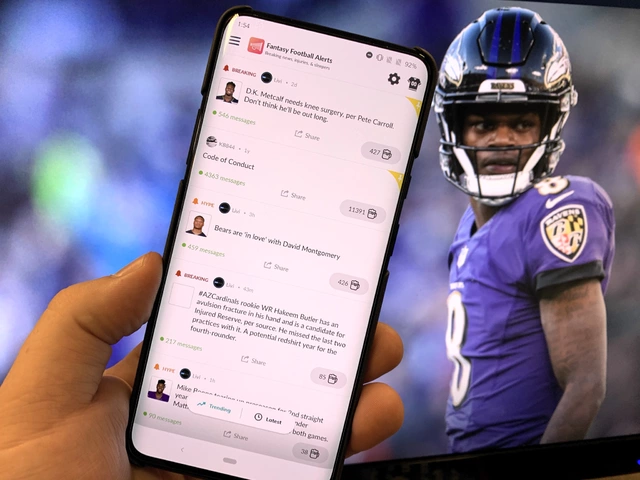
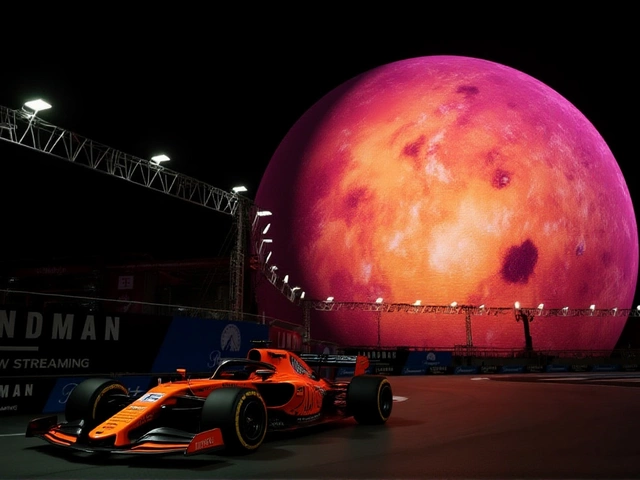

Write a comment